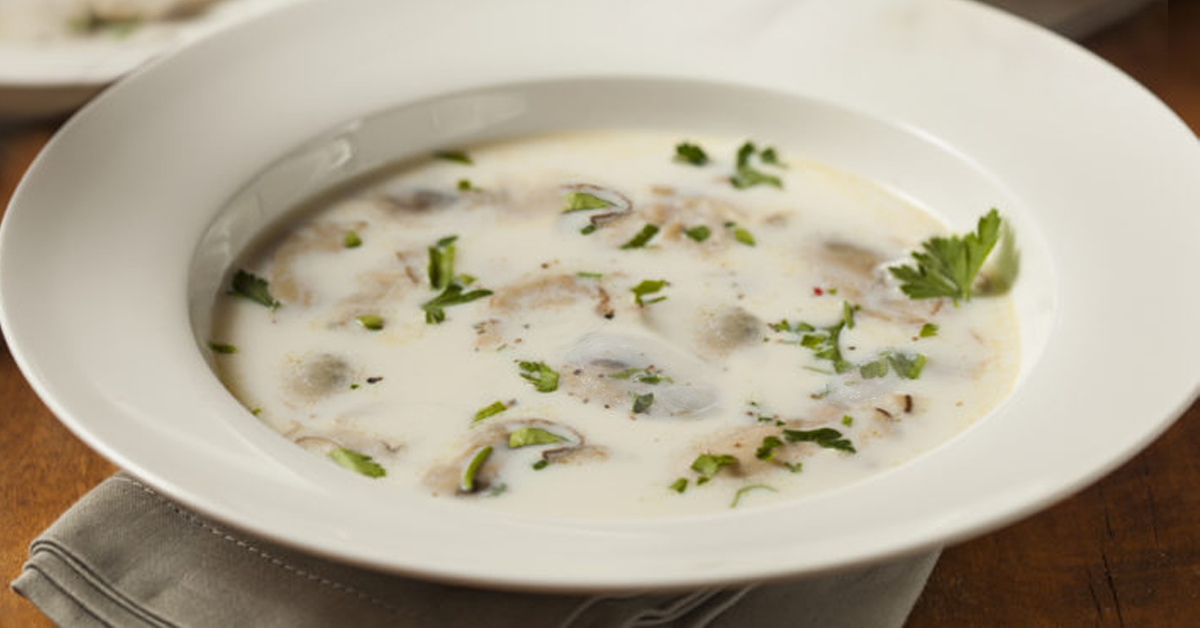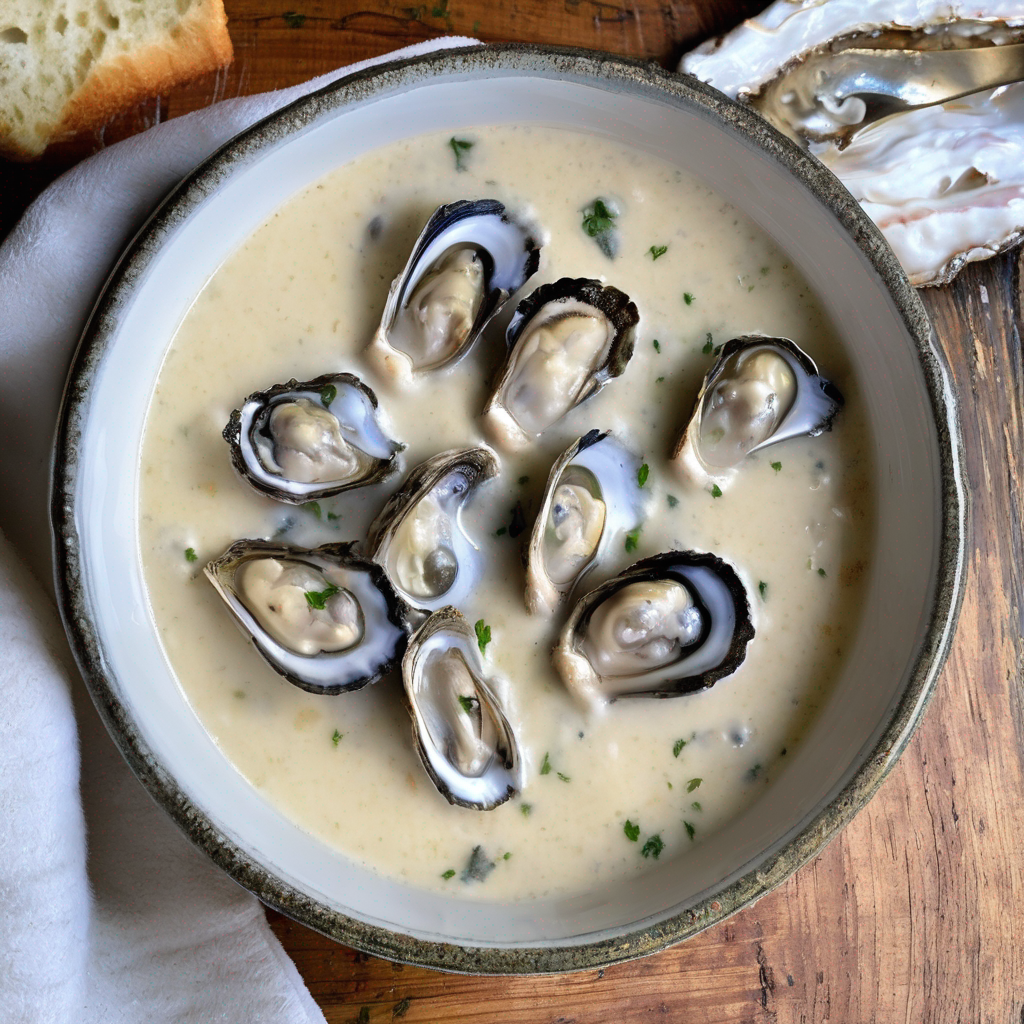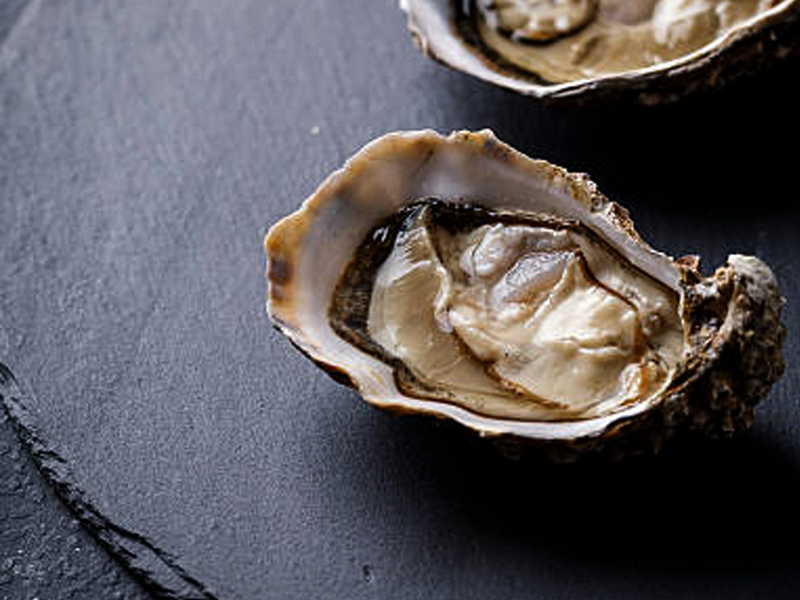
As the crisp autumn air sets in and leaves start to change, our thoughts turn to comforting, hearty meals.
What better way to kick off a fall gathering than with a steaming bowl of oyster stew?
This classic appetizer is the perfect starter for celebrating the season.
Oyster stew is a wonderfully warm and savory dish that brings out the sweet, briny flavor of fresh oysters. Its velvety texture and subtle seasoning also make it an elegant first course for more formal occasions.
In this article, we'll explore what makes oyster stew such a perfect fall soup, walk through how to prepare a classic recipe, discuss regional variations, and more.
What Makes Oyster Stew a Perfect Fall Soup?

Oyster stew hits all the right notes for autumn. Oysters are at their prime in the colder months, lending fresh, briny flavor. The rich, velvety soup provides comforting warmth on crisp nights. Subtle seasonings like nutmeg, parsley, and bay leaves evoke the flavors of fall. And the elegant but homey dish makes a festive starter for holiday gatherings. With its seasonal sweet oysters, hearty texture, and subtle spices, oyster stew is the quintessential fall soup.
Regional Variations of Oyster Stews
Chesapeake Seafood Stew

The Chesapeake Bay region is famous for its seafood, notably blue crabs, oysters, and rockfish. This regional oyster stew captures the essence of the Chesapeake's briny offerings. Fresh oysters, lump crabmeat, shrimp, and Old Bay seasoning create a robust, flavorful stew, complemented by the richness of dairy and a velvety texture. Top it with oyster crackers or herbed croutons for a delightful crunch. This hearty dish beautifully showcases the Mid-Atlantic's flavors.
New England Oyster Stew

New England offers a simple rendition of oyster stew, emphasizing minimalism. This version typically includes oysters, milk or cream, butter, salt, and pepper. The fresh, plump oysters are gently cooked in the creamy base, allowing their natural flavor to shine. With just a touch of salt and pepper, the inherent sweetness of the oysters becomes the star. Some stew recipes incorporate a hint of sherry or parsley for subtle enhancement. To make New England-style oyster stew, go for local oysters and the freshest cream available.
White Stone Oysters: The Star Ingredient for Your Oyster Stew

Fresh Oysters
For the best oyster stew, you need to start with top-notch oysters. Our oysters are raised in the ideal environment of the Rappahannock River using an innovative aquaculture method. Our floating cages allow the oysters to grow strong shells and develop a wonderful buttery taste with a clean, salty finish. Choose our premium oysters for your stew to let the fresh seafood flavor shine through. The plump meats and liquor will lend rich umami notes to the broth.
Jarred Oysters
If fresh oysters are hard to source, White Stone also offers jarred oysters. They are shucked and packaged on the same day to lock in that just-harvested quality. The oysters are gently pasteurized but retain their delicate texture. Wandering Waders lend the same sweet brininess to stews and chowders as fresh oysters. Keep a few jars on hand to quickly prepare oyster stew anytime.
Oyster Stew Recipe FAQ
What type of oysters should I use for my stew?
For the best texture and flavor in oyster stew, we recommend using medium-sized oysters that are around 2.5-3 inches wide. Oysters in this size range will cook thoroughly without becoming tough and rubbery, which can happen if you use small oysters. On the flip side, very large oysters like giants or jumbos don't work as well either, as their thick shells and meat can be difficult to cook through fully when simmered in the stew. Stick to middle-sized oysters for the ideal oyster stew experience.
Can I make oyster stew ahead of time?
Make the base a day in advance, but don't cook the oysters until just before serving. Oysters become rubbery and lose their delicate texture when overcooked or held too long in hot liquid. Prepare your broth, vegetables, seasonings, and thickener ahead and chill overnight. When ready to serve, reheat the base until piping hot, then gently simmer the oysters for just 2-3 minutes until they curl and plump. This prevents overcooking them.
What can I serve with oyster stew?
Oyster stew makes a hearty soup starter but you'll want something to dip and crunch. We suggest oyster crackers, herbed croutons, crusty bread, or even garlic bread. A crisp green salad or coleslaw also balances the richness of the stew. For dessert, apple crisp, pumpkin pie, or bread pudding make perfect fall pairings.
Final Thoughts: Elevate Your Fall Gatherings with Oyster Stew
As autumn arrives, embrace the season with a comforting bowl of oyster stew for your next gathering. Choose plump, briny oysters and cook gently to preserve their delicate texture and flavor. Play with regional twists or keep it simple - either way, your guests will be delighted. Served with crunchy crackers and a crisp salad, oyster stew makes for a warm, celebratory, and satisfying start to your next fall gathering.
← Older post Newer post →
